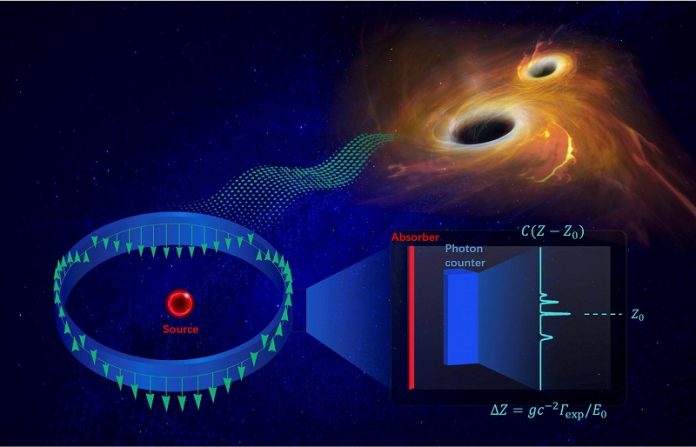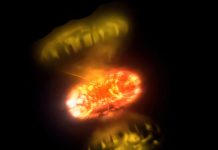
Scientists at the Institute of High Energy Physics (IHEP) in China have proposed an exciting new way to detect gravitational waves, using a technique called Mössbauer resonance.
This new approach, detailed in a recent Science Bulletin article, could significantly improve how we study gravitational waves, which are ripples in space-time caused by events like black hole collisions.
The Mössbauer effect is a phenomenon where X-ray photons are emitted and absorbed by atomic nuclei without causing the atoms to move.
Discovered in the 1950s, this effect is incredibly precise and has been widely used in areas like material science and chemistry.
It even played a crucial role in testing Einstein’s theory of gravitational redshift, which shows how gravity affects light.
In this new proposal, the scientists from IHEP aim to use the Mössbauer effect in a stationary setup to detect energy shifts caused by passing gravitational waves.
These waves cause tiny vibrations in space-time, which affect the energy levels of the Mössbauer photons. The setup could detect these changes and provide valuable information about the direction and polarization (or orientation) of the waves.
To better explain, think of how a frog’s eyes are especially good at detecting motion. In a similar way, this new Mössbauer system is particularly sensitive to changes in energy caused by gravitational waves.
Instead of relying on motion, the system picks up on tiny variations in energy, allowing scientists to track the waves with incredible precision.
One of the key advantages of this method is that it relies on the gravitational field itself for energy calibration. When gravitational waves pass through, they cause slight shifts in the energy of Mössbauer photons, which can be measured very accurately. For example, the researchers focused on the isotope 109Ag (Silver-109), which has an extremely narrow energy range, making it ideal for this type of detection.
Their calculations suggest that this method could pinpoint changes with an accuracy of just 10 microns, which is about one-tenth the width of a human hair.
The research team, led by Professors Yu Gao, Huaqiao Zhang, and Wei Xu, believes that this new approach could lead to major advancements in gravitational wave detection. They are particularly excited about using modern high-energy detectors that can monitor the system in real time.
By arranging the detectors in a circular pattern around a source of activated silver, they could enhance the system’s ability to measure the strength, direction, and angle of the incoming gravitational waves.
This innovative use of Mössbauer spectroscopy could bring us closer to understanding some of the most mysterious and powerful forces in the universe, opening up new possibilities in the study of gravitational waves.



